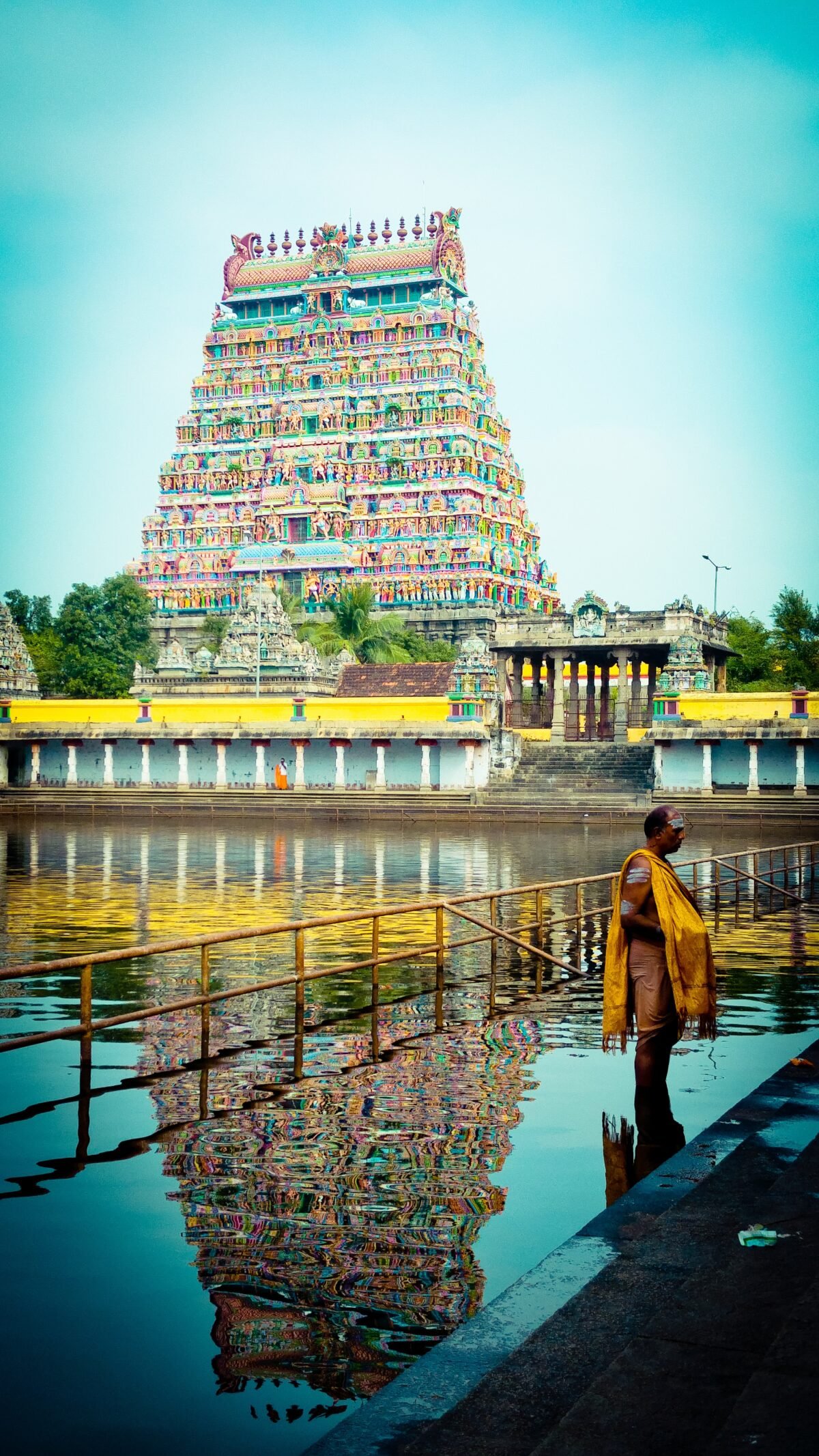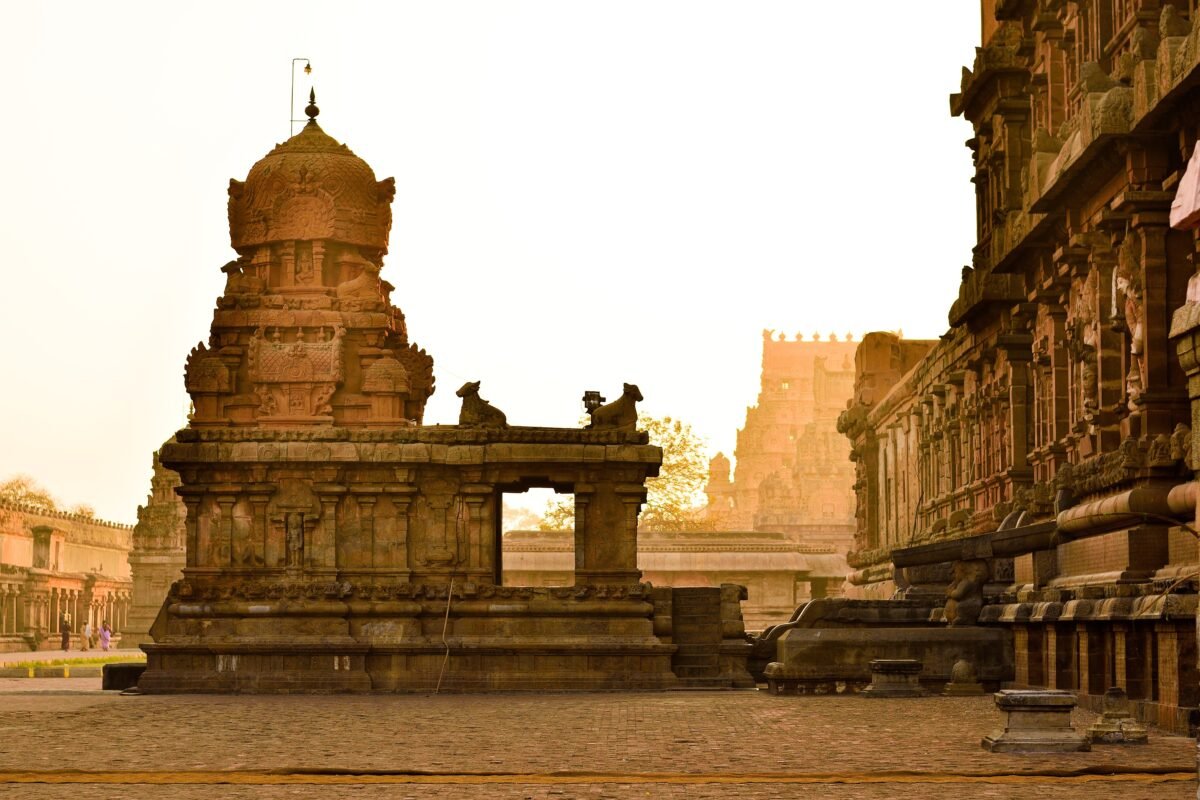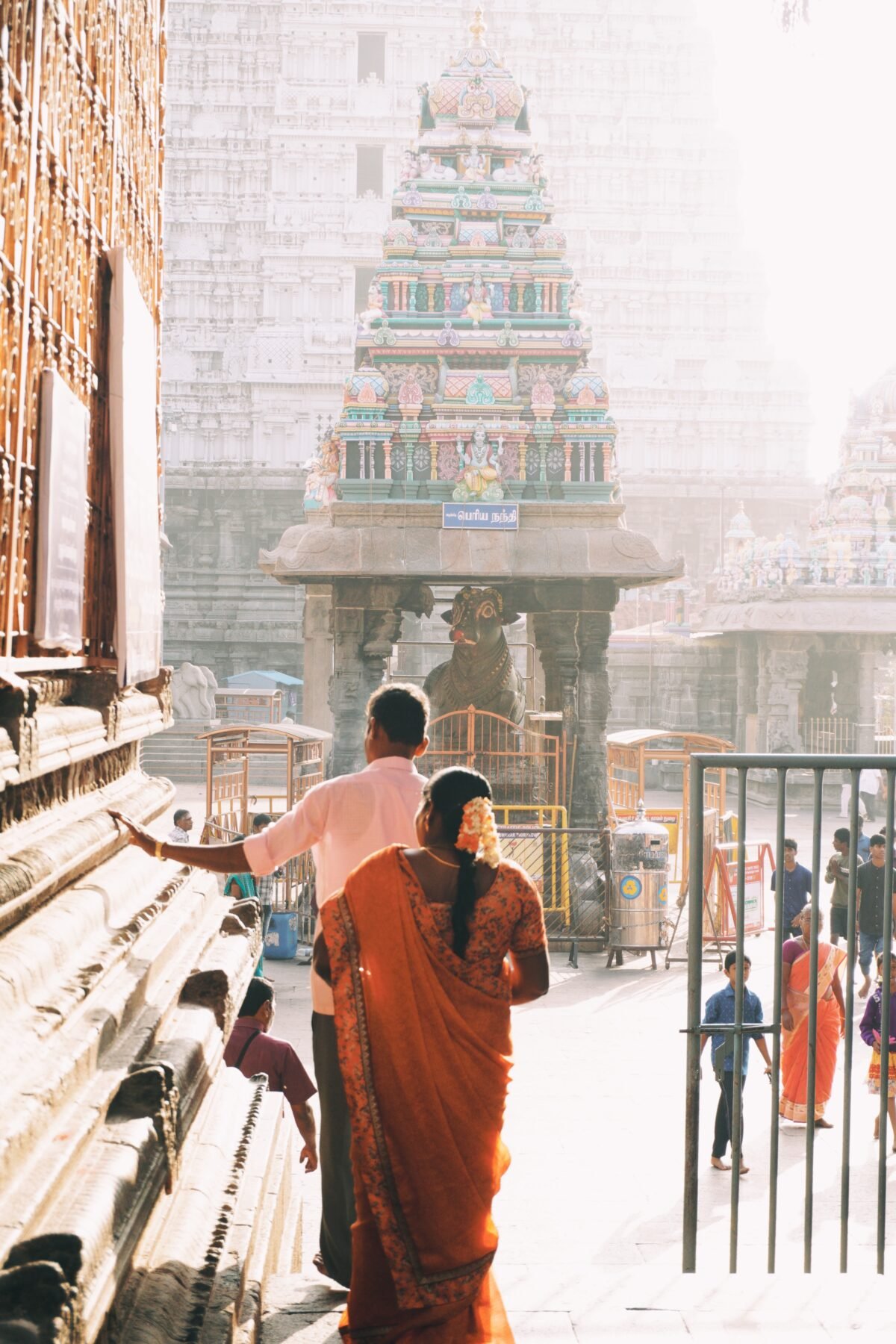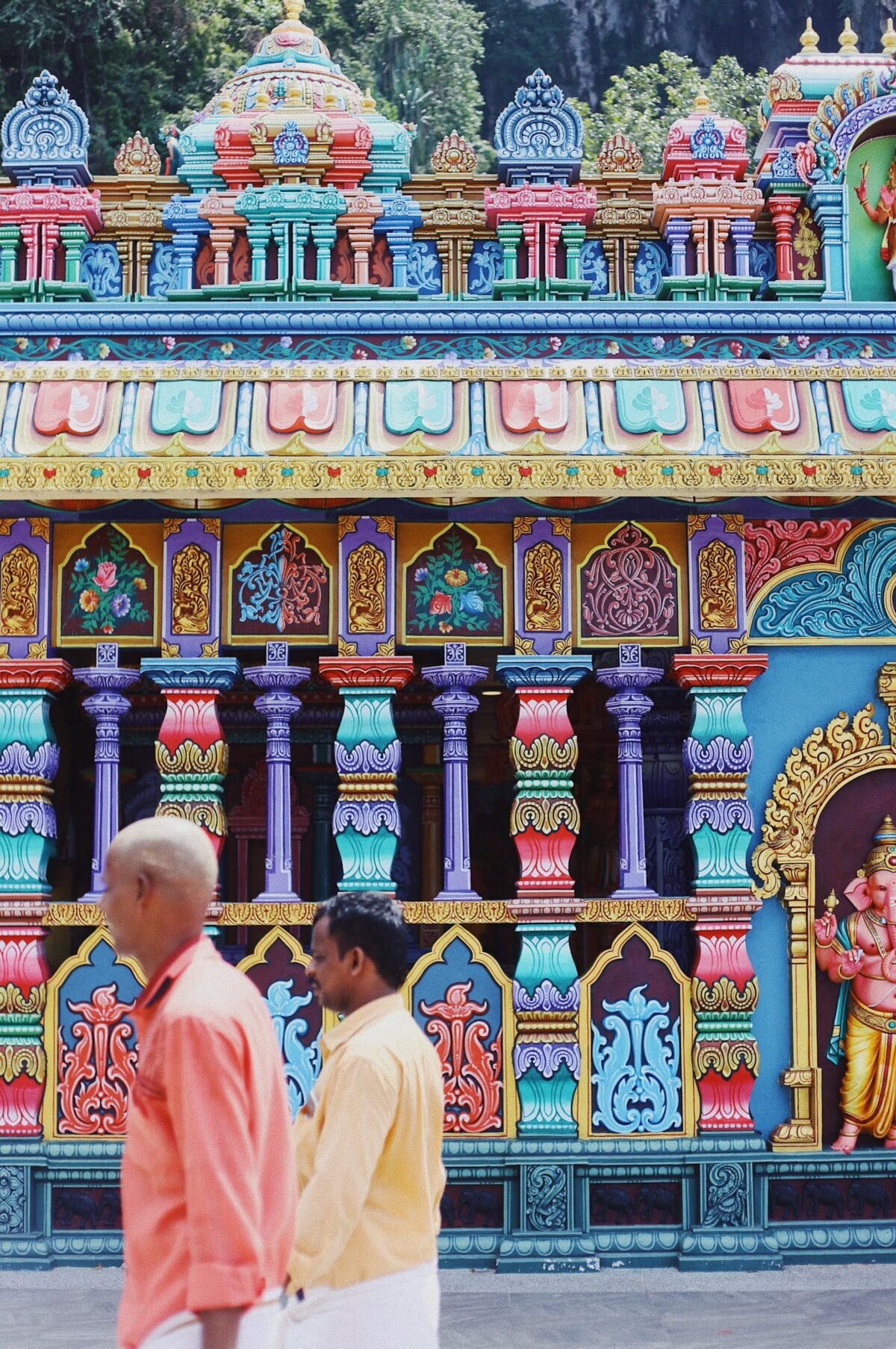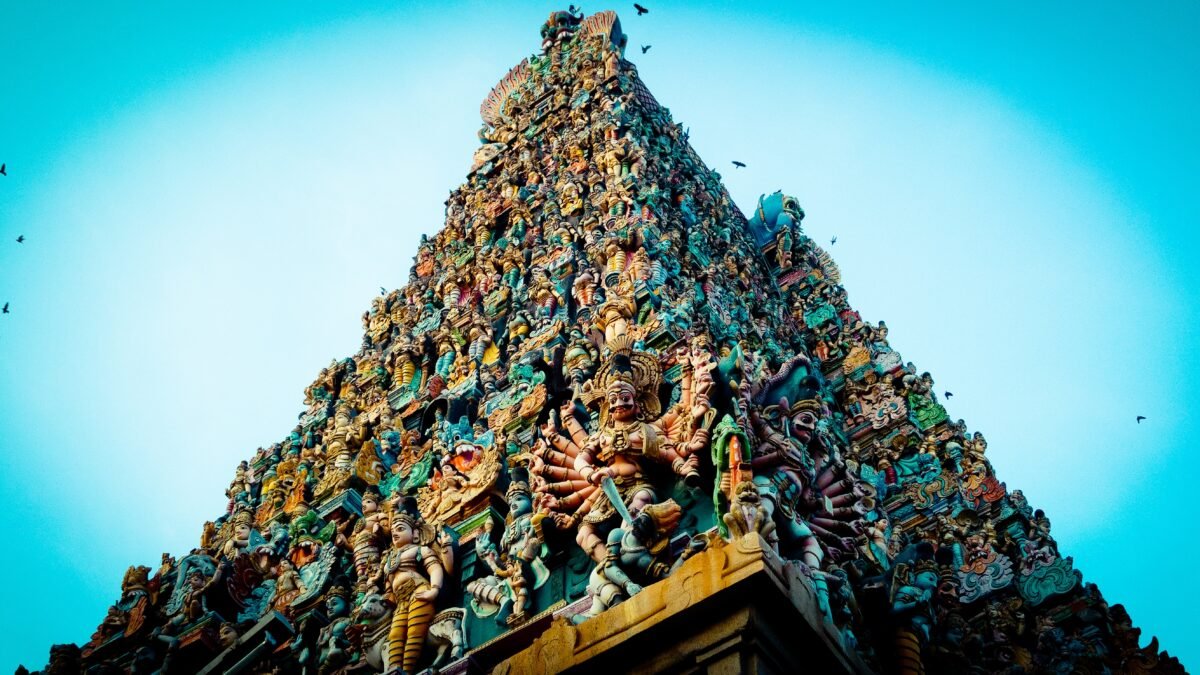Sivaprakasam stands foremost among the eight philosophic treatises composed by its author in Tamil, and is generally studied and referred to along with ‘Sivagnana Bodham’, the famous central work on Saiva Siddhanta philosophy given by the Great Infant-Saint Sri Meykanda Devar, and ‘Sivagnana Siddhiyar’, its secondary, written by his disciple Sri Arulnandi Sivacharya. These two ‘great saintly seers are respectively the first and the second link of the celestial chain mentioned above, the third being Saint Sri Maraignana Sambandhar.
The aim of ‘Sivaprakasam’ is to give, in a clear and succinct manner, a plain summary of the central truths of philosophy expounded in the two works, Sivagnana Bodham and Sivagnana Siddhiyar, and to make the study of the Saiva Siddhanta system a little easier in its elementary stage before the moreadvanced and comprehensive books (Sivagnana Bodham and Sivagnana Siddhiyar), regarding the technicalities and abstruse and metaphysical questions are taken up.
This work is now published by the Adhinam with a prose rendering in English by the late Sri K. Subramania Pillai, M. A., M. l., in commemoration of the Siva Paripurana Gurupuja of His Holiness Sri-la-Sri Shanmuka Desika Gnanasambandha Paramacharya Swamigal, the twenty fourth in descent, of Dharmapuram Adhinam.
His Holiness ascended the throne of the holy Gnana-Peetam and assumed the headship of the Adhinam Mutt on ‘26th of June 1933. During the short period of about twelve years of his able administration, His Holiness showed organising ability of a very high order, raised the tone and discipline of the Mutt and the temples attached thereto to a high standard and has done the utmost for the propagation of the Saiva faith in all possible ways. The series of publications (more than fifty seven in number) which have seen the light of day during the regime of His Holiness has served to dispel the darkness in the minds of thousands of Saivites and has flooded them with the light of the Lord. The ascent of His Holiness on the holy cadi of the Mutt may he said to mark the revival of Saivism in South India, and something very marvellous has been contributed by His Holiness for the revival and re-establishment of the real greatness, fame, and prestige of the holy order of the Saiva Mutts in South India, which have been its heritage ever since it was inaugurated by Sri Meykanda Devar, the rising sun of Saiva Siddhanta, who flourished in the first half of the 13th Century.
His Holiness has been a towering and powerful personality, full of sound common sense, and constructive original thoughts, blended with a calm and genial manner finding expression in occasional out-bursts of humour and a dignified reserved nature. Gifted with these qualities of head and heart to a remarkable degree, it is no wonder that His Holiness has endeared himself to one and all and revolutionised the system of organisation and administration of the mutt, effecting distinct improvements in the various realms ruled by him, and widening the scope, usefulness, and purpose of the very ancient institution which it was his privilege to preside over and direct.
It is evident that, when His Holiness took up the administration, he started with the earnest desire that during his regime, Saiva Religion and philosophy should flourish, Tamil and Sanskrit learning should spread and, through proper upkeep and orderly maintenance of temples, the prosperity of the land should most effectively be promoted. It is this desire in His Holiness that brought the Mutt in contact with eminent men in the various walks of life, scholars, poets, and officials in the world outside and enabled all of them to estimate and appreciate the value and usefulness of the religious institutions.
Among the distinguished visitors to the Mutt mention may be made of His Excellency the Governor of Madras Sir Arthur Hope, His Excellency the Governor of French India Mon. Bonvin, Lady Bonvin, Mon. Thomas Aroul, President of the French India Legislative Assembly, The Administrator of Karikkal Territory, Ministers of the Madras Province, Sir P. T. Ilajan, Dr T. S. S. Rajan. H. Ramanathan and others, Rajah Sir Annamaloi Chettiar of Chettinad, Kumararajah Sir M. A. Muthiah Chettiar, Sir R. K. Shanmukham Chettiar, Sir R. S. Sarnia, Mon. Sambasivam Chettiar, President of the Colonial Committee of French India, Sri Muthuranga Mudaliar, the District Official Heads, and the Presidents and Commissioners of the Madras Hindu Religious Endowments Board. All of them have expressed their high appreciation and pleasure on the occasion of their visits to the Mutt. His Holiness Sri Kanchi Kamakoti Sankaracharya Swamigal has paid a visit to Dharmapuram and performed worship in the local temple. He entertained a high regard for the reputed head of this institution.
The conduct of the grand Meykandan Siddhanta Conference in 1941 which lasted for three days and concluded with Tirumurai Conference and festival on the Avanimoolam day was acknowledged to be the unique of its kind- This conference and the first Decennial Rule Celebrations, under the distinguished presidency of Sachivothama Sir C. P. Ramaswami Ayyar, K.C.S.I., K.C.I.E., LL.D., the Dewan of Travancore State, of His Holiness have produced in the mind of the public a delightfully homely touch about the Dharmapuram Adhinam Mutt. These celebrations were the enlightening rays that made the Country realise the seriousness of the purpose of the institution of mutts.
The Adhinam, the greatness of which we are all so proud, was handed down to His Holiness by a long chain of Spiritual Heads of profound learning and thought, as a heritage, and His Holiness has done all he could by judicious improvements to render it more useful and attractive. The properties of the Adhinam are spread in several districts, some of them being in French India; the management of twenty-seven temples, many of them very big, is vested with the Adhinam.
These have been creditably managed by considerably expanding the usefulness and the significance of the Central Head-quarters Office in the Adhinam Mutt exercising proper care and discretion in the matter of appointment of local agents, clearly defining the duties and responsibilities and office-routine of the establishment both at the Central Controlling Office and at the local offices, introducing the system of correspondence and control that is in vogue in the Government Departments, making adequate provision for effective supervision and above all working out suitable economic plans for each endowment so that its resources might be developed. It is a common saying that ‘efficiency is a fine word, but economy is its shadow’, and it may be said in the case of His Holiness that efficiency and economy delightfully mingled together. Wisdom is knowing what to do next; skill is knowing how to do; and virtue is doing it. The wisdom, skill and virtue of His Holiness may be summed up in the fact that the cash balance has increased from nominal, when he took up the management, to substantial in recent years, after meeting all items of legitimate expenditure, investments included.
His Holiness possessed a keen sense for aesthetic beauty and cultural arts- New constructions and renovations have been effected both in the mutt and the temples. An adequate idea of which can be gained by a casual look into the issue of the first Decennial rule. In them, one can find the synthesis of beauty, art, religion, and philosophy. Mention may he made that the plan and design of such constructions were originally conceived by His Holiness and executed. The terraced mantapam made of granite in front of the mutt, supported by artistic pillars in which life-like models in relief of the dragon and stallion which is the embodiment of the sculptural skill, charming beauty and exquisite workmanship, the new Library which is the store house of wisdom, both spiritual and secular, the front block, the audience hall, the two entrances with the block next to the northern portico and a host, of such beautiful constructions in many of the temples belonging to the mutt are the expression of the noblest responses from the noble and exalted mind of His Holiness to the appeal of art, and culture.
Now coming to the philanthropic work and social service of His Holiness, one cannot fail to think of the noble impulses which prompted His Holiness to think of establishing ‘Women and Children Hospital and Welfare Centre’ at Mayavaram, the foundation of which was laid by His Excellency the Governor of Madras. His Holiness was specially interested in improving the health conditions of the cheries, imparting elementary education to the children and poor-feeding.
In conclusion, His Holiness has served the cause of religion in numerous ways, some of them are, arranging religious discourses and lectures on subjects of literary and religions importance by eminent luminaries in the mutt, and Devasthanams on all important occasions, aid to religious conferences held by other people, aid to kumbbabhishekam of famous temples, arranging special classes for teaching treatises on Saiva Siddhanta Philosophy, obtaining exclusive copyrights of important works on Saiva Siddhanta religion and philosophy, conducting Thevara and Veda Agama Patasalas. establishing libraries in the temples, and running the Mevkandar Saiva Siddhanta College, Mayavaram.
Of the innumerable publications brought out at the cost of the Adhinam, special mention may be made of the elaborate commentary on ‘TirunavukkarasuNainar Puranam’ of Sekkilar by Sri C. K. Subramania Mudaliar of Coimbatore, the Tamil text-books on ‘Light and Sound’, the text-book on Tamil Shorthand and the translation into Tamil of the Yajur Veda.
The installation of a press by name ‘Gnana-sambandham’ and the publication of the monthly journal of the same name therefrom serve to disseminate spiritual wisdom contained in the Tamil Scriptures, the Tirumurais, and the Philosophic.




